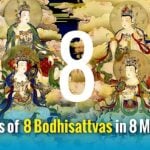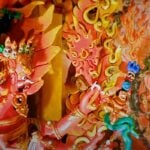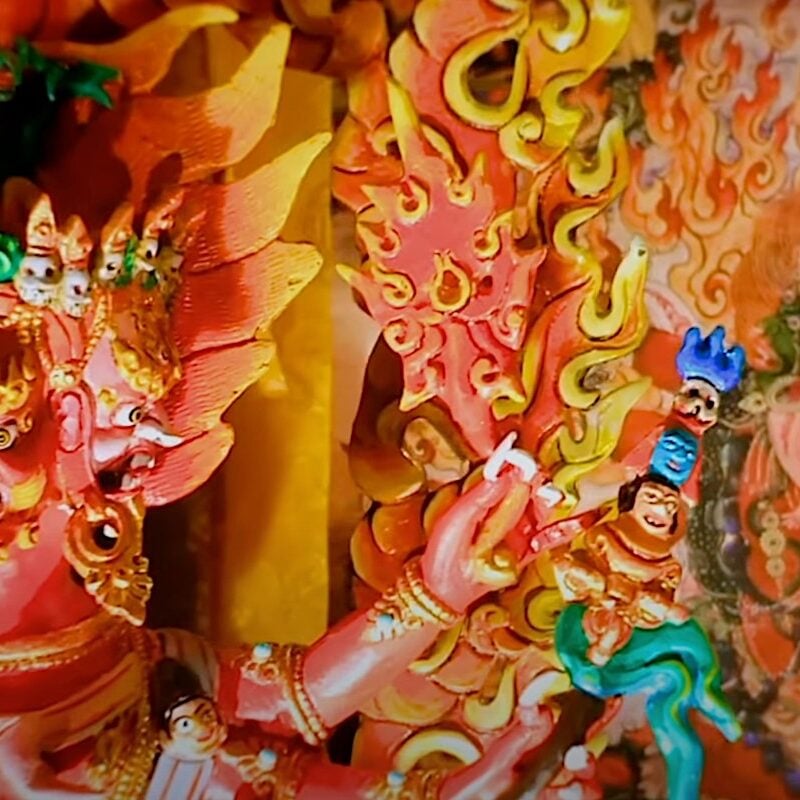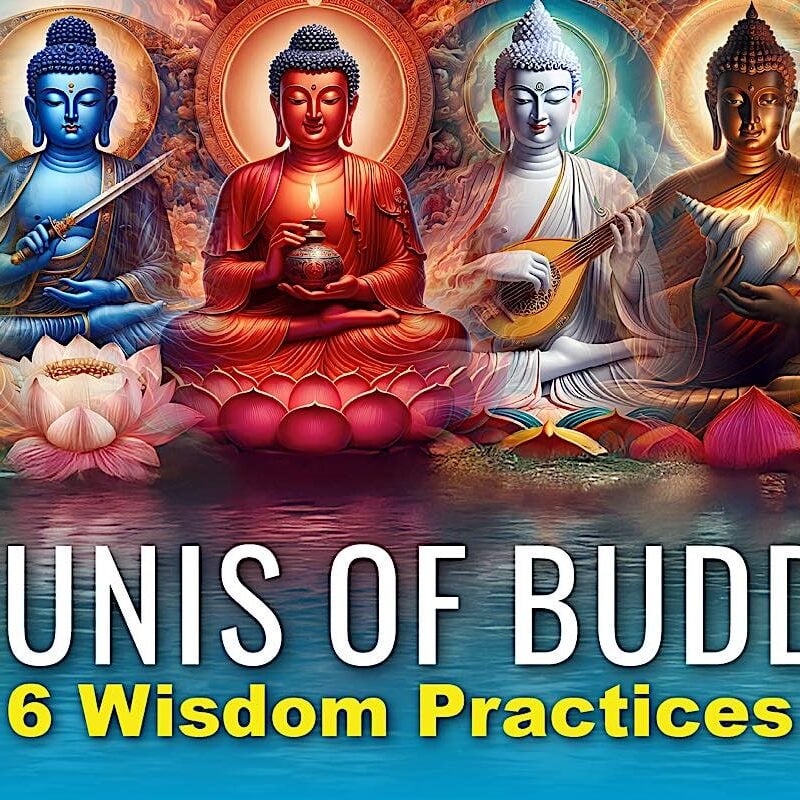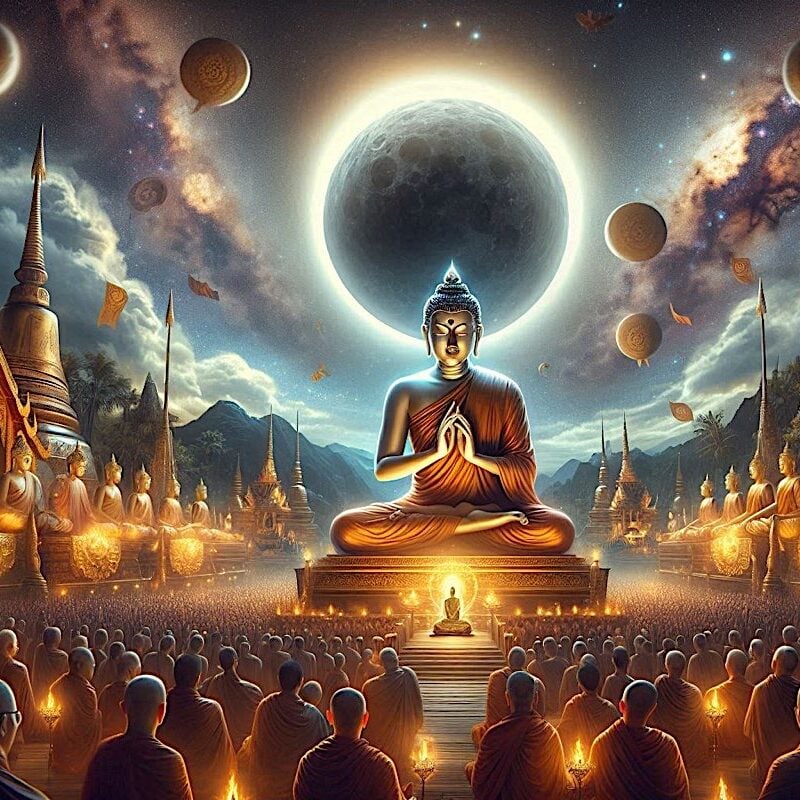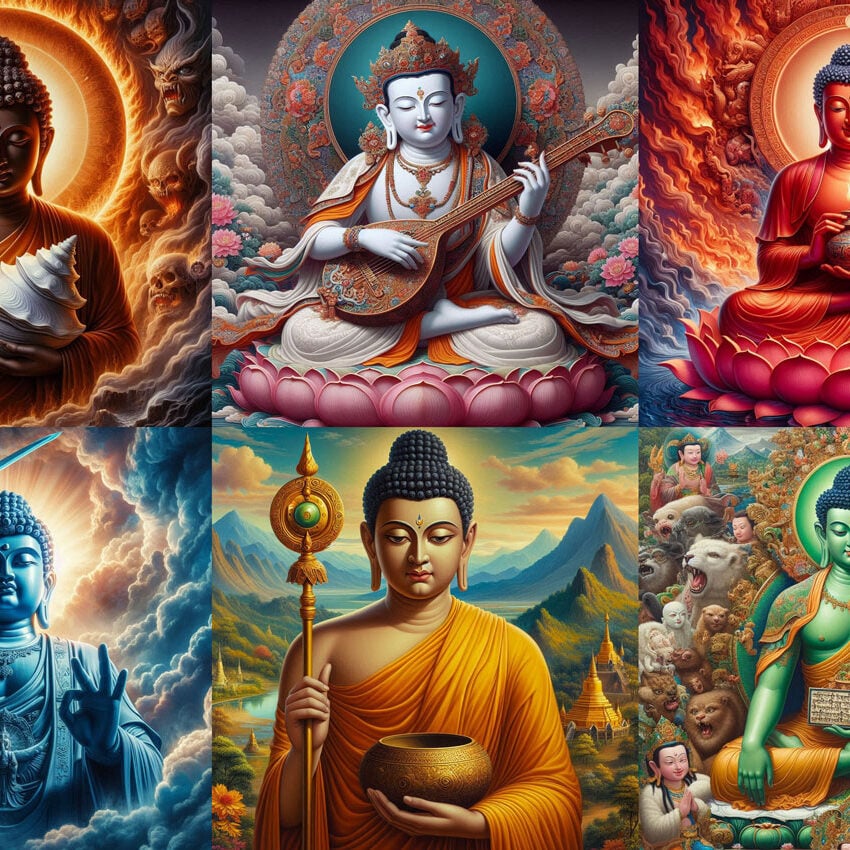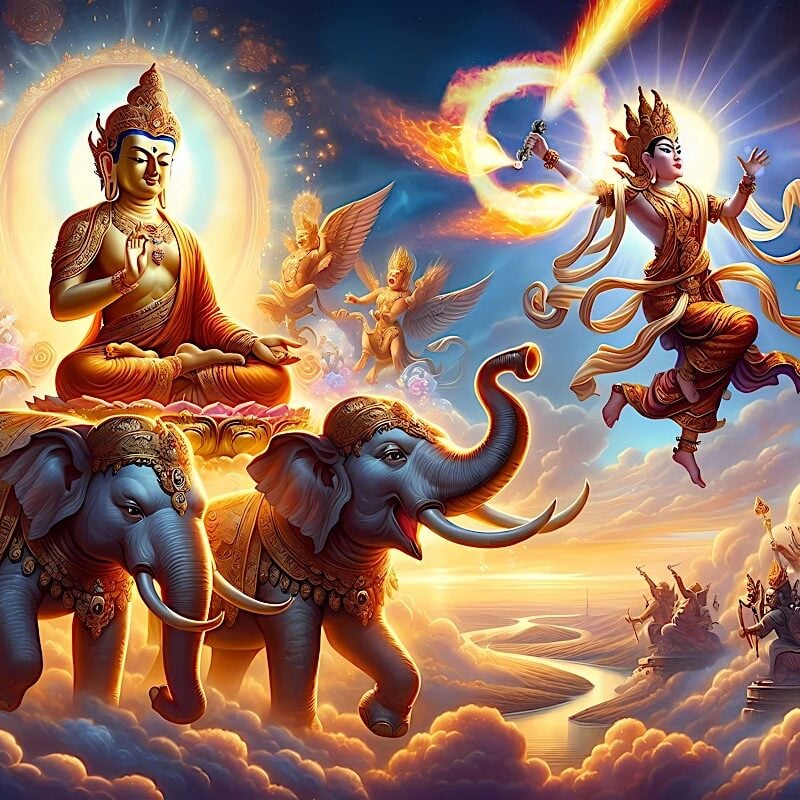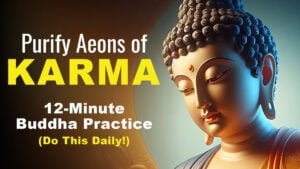Buddhism’s Most Important Day: Celebrating Shakyamuni Buddha’s Birthday (563 B.C.) on Vesak or Saga Dawa Druchen 2022
Buddhism is a generous, loving, and compassionate path. In keeping with these beliefs, on Buddha’s “birthday” (Saga Dawa on the Tibetan lunar calendar falls on June 14, 2022, Vesak on other lunar calendar this year on May 16, 2022) it is considered important to give and celebrate love and kindness — Metta and Karuna.
Above all, Saga Dawa and Vesak is a “celebration of life” — a life-affirming day to joyfully and mindfully engage with the world, our fellow sentient beings, and nature; you don’t have to be Buddhist to celebrate Buddha’s Birthday.
Prince Siddartha, later the Buddha, was a living, breathing spiritual hero, the Conqueror who attained Englightenment in 528 B.C. and taught a path of wisdom and compassion. [Note: This is based on the latest archeological evidence. Earlier archeology timelines placed his life as 490 B.C. to 410 B.C., but recent finds now place his life as born 563 B.C. to Paranirvana at 483 B.C. — see timeline below.]

To Buddhists, around the world, the most important day of the year is Vesak (Wesak) — a day set aside to honor not only the birth (circa 563 B.C.), but also the enlightenment (528 B.C.), and the Parinarvana of Guatama Buddha (483 B.C.).
Vesak falls on the full moon of lunar April, called the “Flower Moon” — this year it will be May 16, 2022.

Although it may be celebrated at different times — due to the lunar calendar and cultural aspects — this year most Buddhists celebrate Vesak on May 16, 2022. This day was established in 1950 by the World Fellowship of Buddhists. In 1999, the United Nations acknowledged Vesak internationally.

On this day we celebrate not only the Buddha, but the Dharma and Sangha — the teachings and the community. Vesak (Sanskrit Vaishakha, and Pali Vesakha) is also known as Saka Dawa (Tibetan), Buddha Pumima, and Buddha Jyanti.
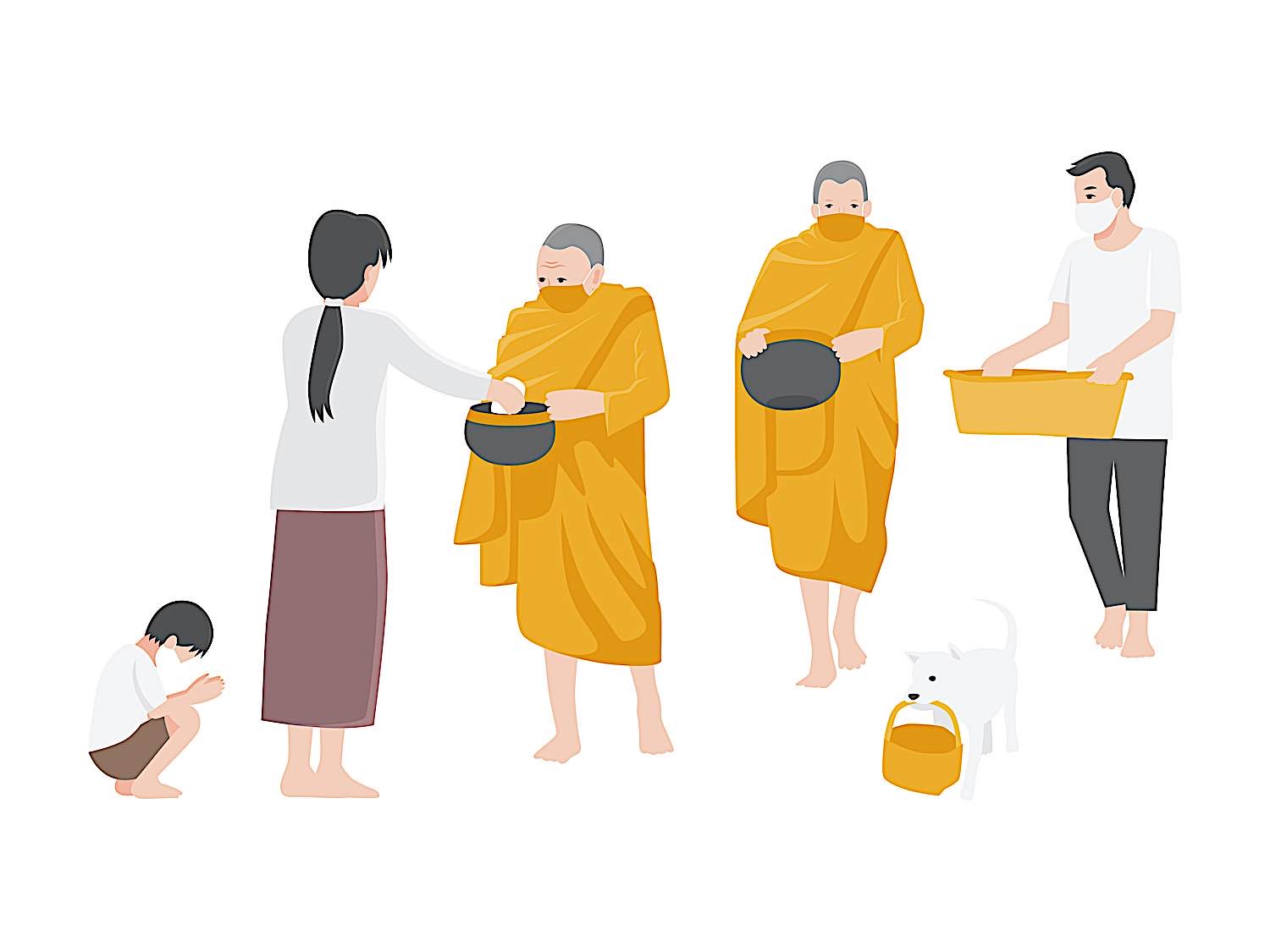
Traditional activities of generosity
Affectionately known as “Buddha’s Birthday” — is it too cute to dub it BBDay? — we traditionally make extra efforts to help the unfortunate, poor, sick, and aged, and engage in “karma yoga” activities including cleaning and painting gompas and temples, painting thangkas, and feasting on vegetarian food — all in homage to The Enlightened One. In Japan, it is traditional to pour hydrangea flower tea (amacha), while in Sri Lanka they might hang beautiful multi-coloured lanterns on the streets. Monks in various traditions will engage in pujas, mantras and other ceremonies.

The one overwhelming theme of Vesak is joy, life affirmation, and compassion for all beings.
This is why we might eat a vegetarian meal — to honour our fellow sentient-beings — or engage in acts of charity or kindness. On this day, most Buddhists — and non-Buddhists to honour the day of compassion — will typically engage in the five lay-precepts, to paraphrase them consicely (see Five Precepts below):
- Refrain from taking life (hence vegan for the day!)
- Refrain from taking what is not given.
- Refrain from misuse of all our senses.
- Refrain from wrong speech (gossip, lies, and so on)
- Refrain from intoxicants that cloud the mind.
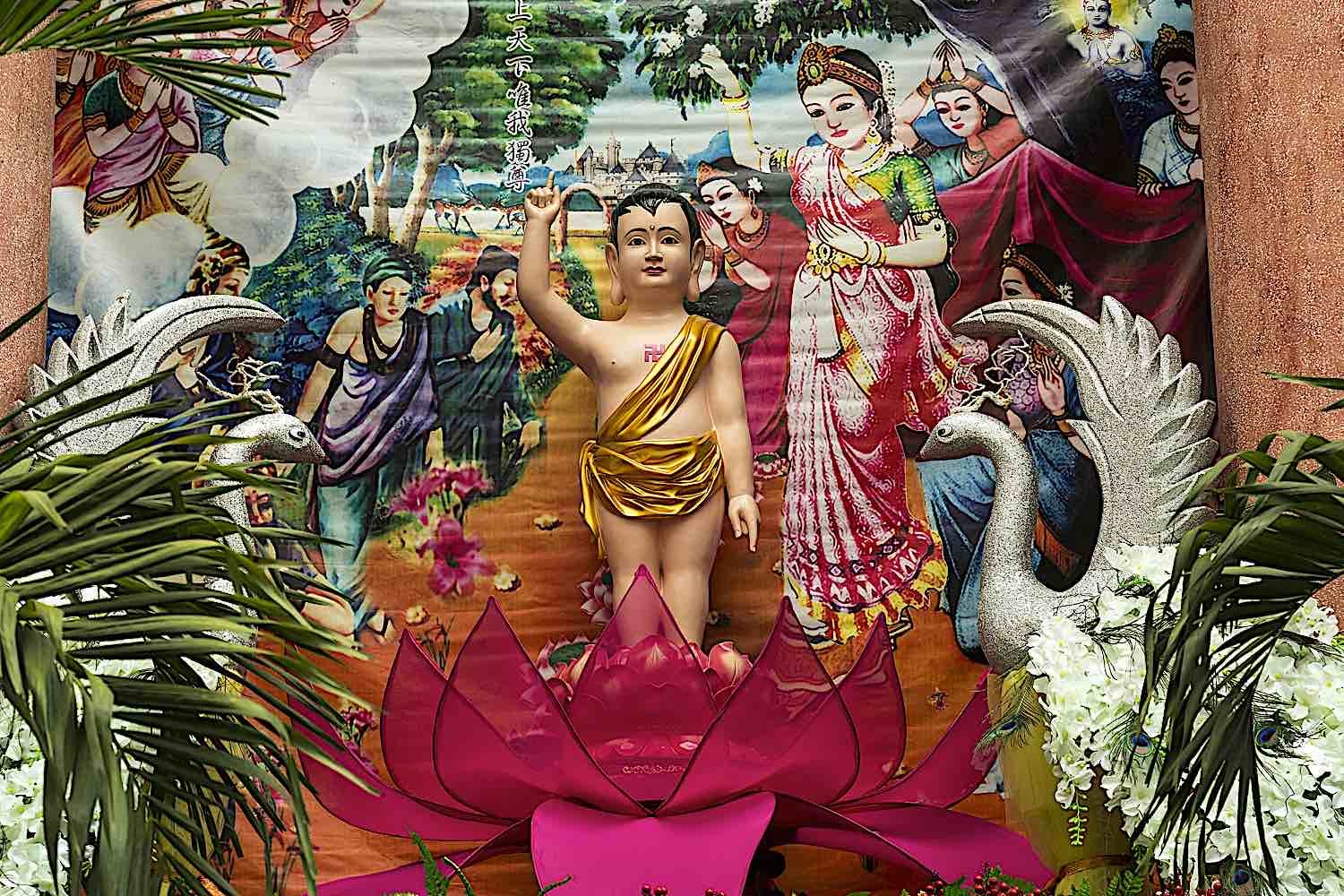
Dates of celebration may vary
In many traditions and countries, the full moon of lunar April is the celebration of Buddha’s Birthday, although the date varies due to lunar calendar variances between cultures and traditions. In Theravada traditions, we typically celebrate on the full moon in the 5th or 6th month, while in China and Korea Buddha’s Birthday might be on the eighth of the fourth month in the Chinese lunar calendar.

Celebrating Vesakha
Typically, devout Buddhists will assemble at a temple or gompa before dawn for ceremonies and honoring of the Holy Three Jewels: the Buddha, the Dharma (Buddha’s teachings), and the Sangha (the Buddhist disciples and followers). All of the festivities are about celebrating live, joy and compassion:
- Traditional offerings of flowers, water, incense are laid at the feet of the Buddha. If you have no altar, just imagine Buddha in front of you. Remember, all beings have Buddha Nature, so you are also offering to all beings.
- On this day, there can be no killing of any kind if possible, and most eat only vegetarian (or, ideally, vegan) food for the day.
- Release of animals or insects ceremonies. Releasing captive birds, animals, and insects is an auspicious, positive karma-activity. Motivation is important, making it vital to verify that the birds, animals, or insects you are releasing were not captured for the event by unscrupulous merchants. You should only release animals, birds and insects who would otherwise be in captivity — making it a genuine heroic action of the Bodhisattva.
- Engage in any life-affirming act: visit a sick relative, take a walk in nature, sing, celebrate, visit your grandparents and parents, learn the art of gardening — anything that affirms positivity, compassion and joy.
- Act with regard and compassion for all beings. Bring happiness to at least one other person. Bring happiness to at least one stranger — someone who is not a friend. (Hints — small acts, such as giving up your place in line, offering a chair to the elderly, even just being conscious of insects as you walk down the sidewalk.)
- Try to follow the five precepts for the day, ideally the eight (see below.)
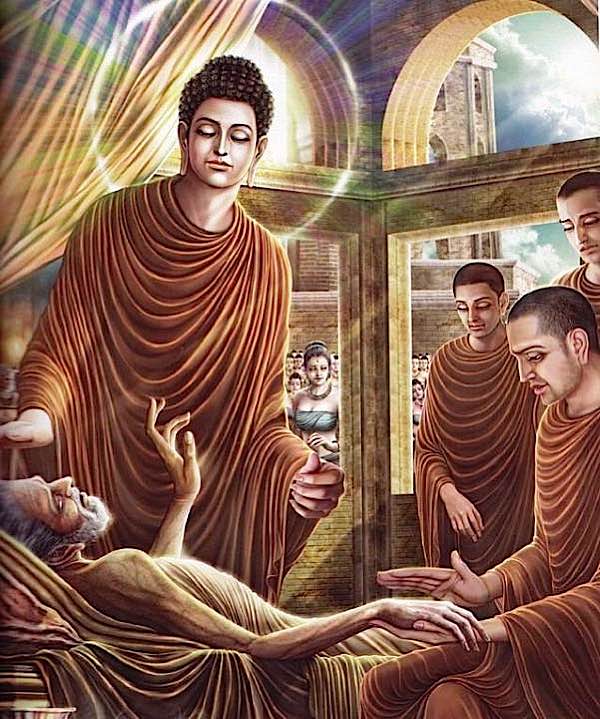
“During Vesak many practitioners make special efforts to bring happiness to the elderly, disabled, and those suffering from illness, but it is also a time to give oneself happiness by creating beauty through artistic endeavors.” [1]
Vesak dates 2021 to 2025
| 2021 | May 26 | Wednesday |
| 2022 | May 16 | Monday |
| 2023 | May 5 | Friday |
| 2024 | May 23 | Thursday |
| 2025 | May 12 | Monday |
The Precepts for the Day
Any day, a devout practicing Buddhist tries to observe the five precepts:
- “I undertake the training-precept to abstain from onslaught on breathing beings.” (Pali: Pāṇātipātā veramaṇī sikkhāpadaṃ samādiyāmi.)
- “I undertake the training-precept to abstain from taking what is not given.” (Pali: Adinnādānā veramaṇī sikkhāpadaṃ samādiyāmi.)
- “I undertake the training-precept to abstain from misconduct concerning sense-pleasures.” (Pali: Kāmesumicchācāra veramaṇī sikkhāpadaṃ samādiyāmi.)
- “I undertake the training-precept to abstain from false speech.” (Pali: Musāvādā veramaṇī sikkhāpadaṃ samādiyāmi.)
- “I undertake the training-precept to abstain from alcoholic drink or drugs that are an opportunity for heedlessness.” (Pali: Surāmerayamajjapamādaṭṭhānā veramaṇī sikkhāpadaṃ samādiyāmi.)
However, the devout Buddhist who is a lay practitioner — on days such as Wesak — usually tries to observe the Eight Precepts of ordained Buddhists for the day, as training in morality and humility.

The remaining three precepts
The remaining three precepts, for special days (or ordained practitioners), would be:
6. I undertake to abstain from eating at the wrong time — the correct time is after sunrise but before noon.
7. I undertake to abstain from singing, dancing, playing music, attending entertainment performances, wearing perfume, and using cosmetics and garlands or decorations.
8. I undertake to abstain from luxurious places for sitting or sleeping, and overindulging in sleep.
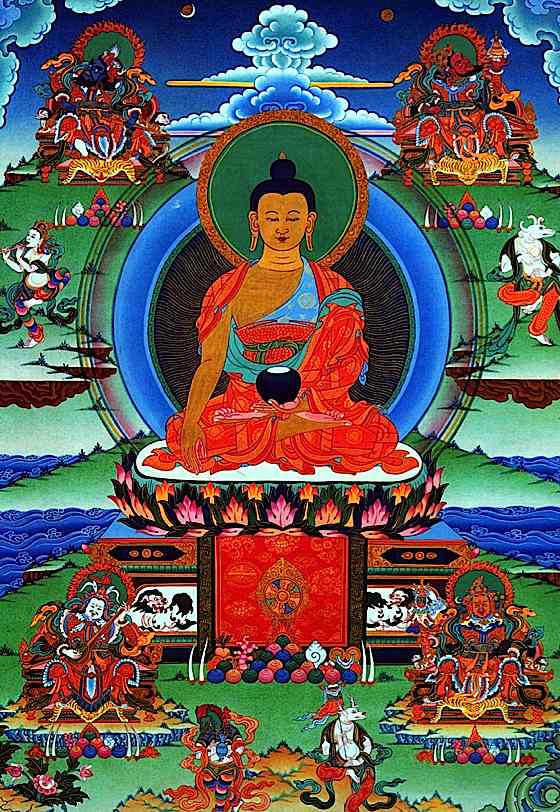
Homage to the Buddha
Guatama Buddha, the historical Buddha of our time, instructed us to pay homage to Him by sincerely following His teachings, the Dharma. Although offerings and flowers are respectful, a genuine homage to Siddartha Buddha is conveyed by conduct. On Wesak, we renew our promises to follow the Dharma, to lead noble lives, to cultivate Bodhichitta, to develop wisdom, and—of overwhelming importance—practice loving kindness.
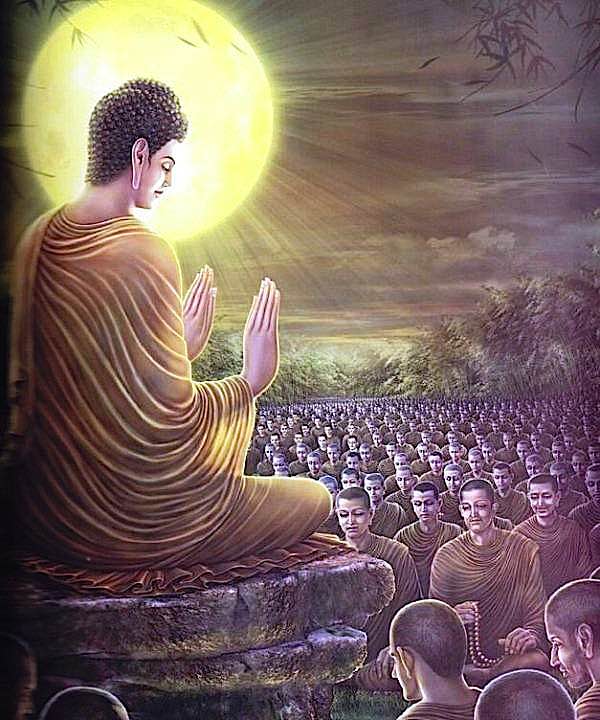
Timeline of Buddha’s Life
Although earlier experts placed Buddha’s life at 490 B.C. to 410 B.C., the latest archeological evidence places Buddha’s Birth at 563 B.C. and his Paranirvana at 483 B.C. Dating relates to birth relics recently found, and his Paranirvana dates can be easily reinforced by his funeral relics scattered throughout India and Asia.

563 B.C. Conception to the Sakyas
Sakyamuni (Shakyamuni) Gautama Buddha’s conception — in much of Asia, conception is the celebratory date, rather than the actual date of birth. [2] Famously, Queen Maha Maya, Buddha’s mother, had a conception dream of a white elephant with six tusks descending from heaven to enter her womb. His title Sakyamuni (pronounced Shakyamuni) literally means ‘sage’ of the Sakyans — where Sakya was his father’s kingdom or oligarchic republic (located in modern-day Nepal). Muni literally means “sage.” Śākyamuni (शाक्यमुनि) is title of Buddha fist cited in Mahāprajñāpāramitāśāstra (chapter VI).
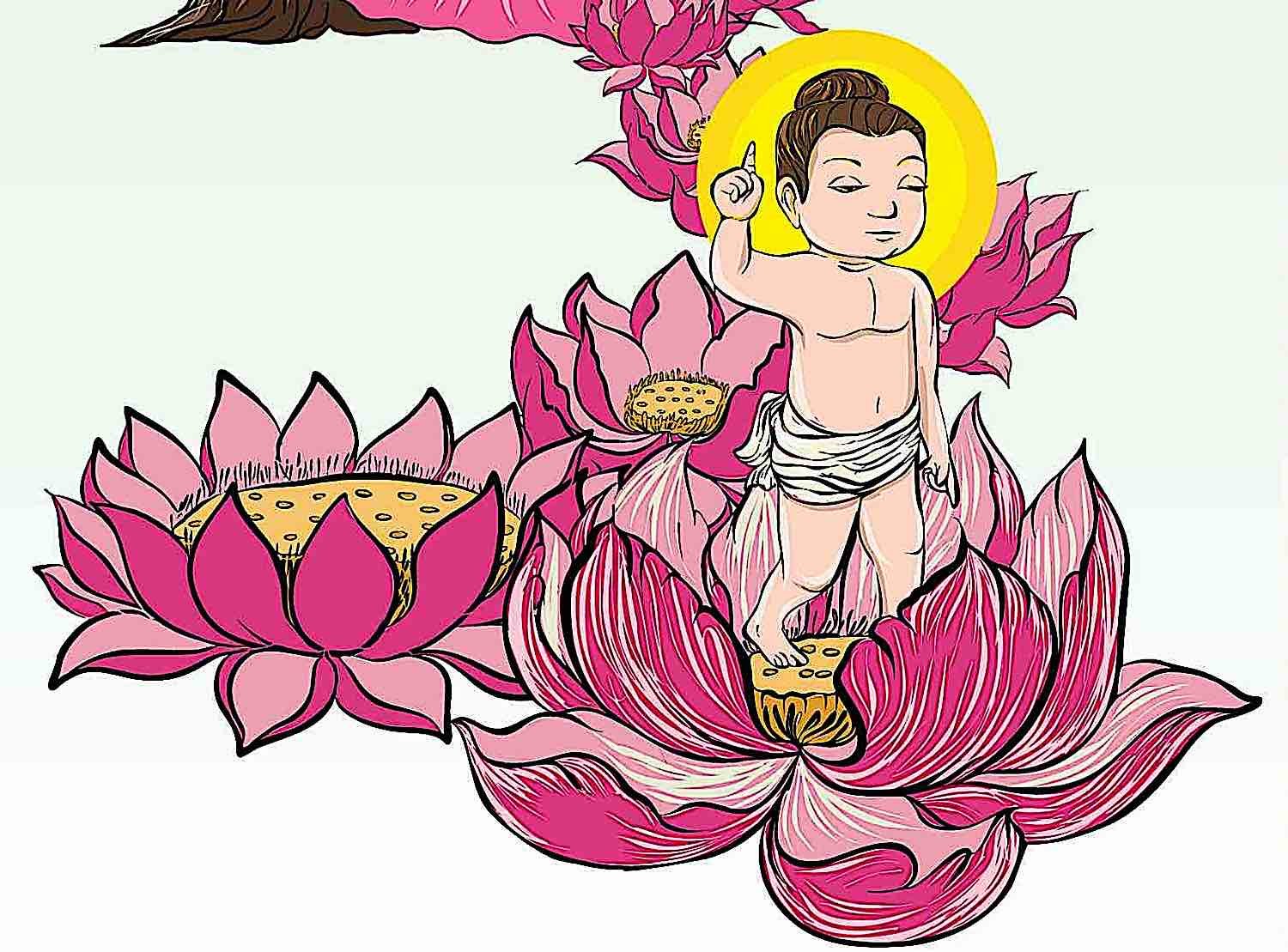
563 B.C. Siddartha’s Birth in Lumbini Nepal
Buddha was actually born Prince Siddartha, in Lumbini Nepal. According to tradition:
“Buddha emerged from his mother’s side, as she stood leaning against a tree, in a painless and pure birth.” [2]
He was named Siddartha (or Sarvathasiddha) — literally meaning “a man who achieves his goals” — by his father the king, who was determined he would be a great worldly king and conqueror, not a Buddha as predicted by the sages. His mother passed away, and he was brought up by his aunt Mahaprajapati.
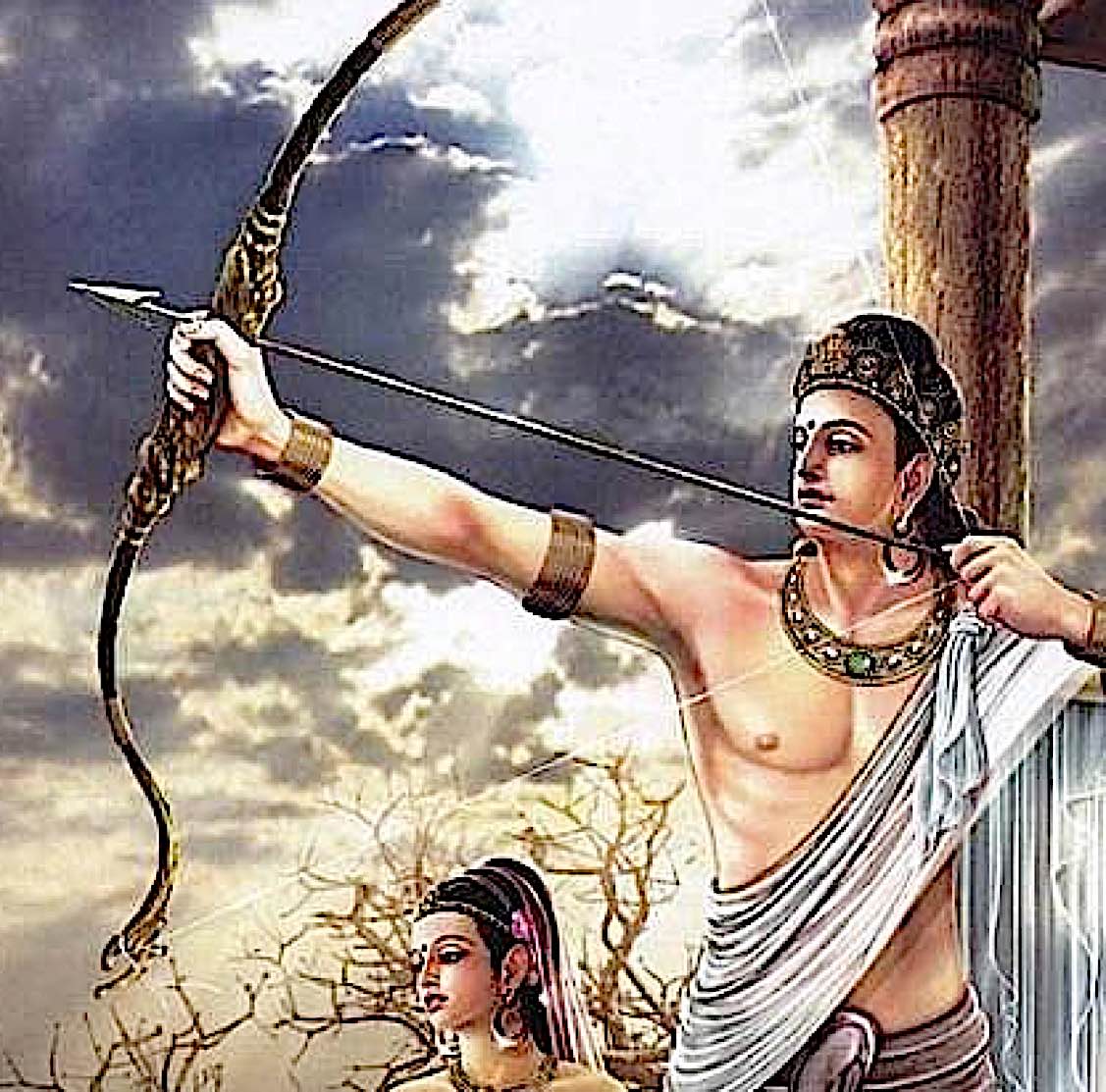
548 B.C. Siddartha’s marriage to Yasodhara
His father the king determined he must be sheltered from the suffering of the world to remove any causes that might arise compassion in the young prince. True to his father’s aspirations, he was brought up a privileged prince, sequestered in the palace. He was married to young Yasodhara, who conceived their son Rahula.
Siddartha grew up in Kapilavastu, the capital, and became very accomplished in “kingly arts” including the martial arts.
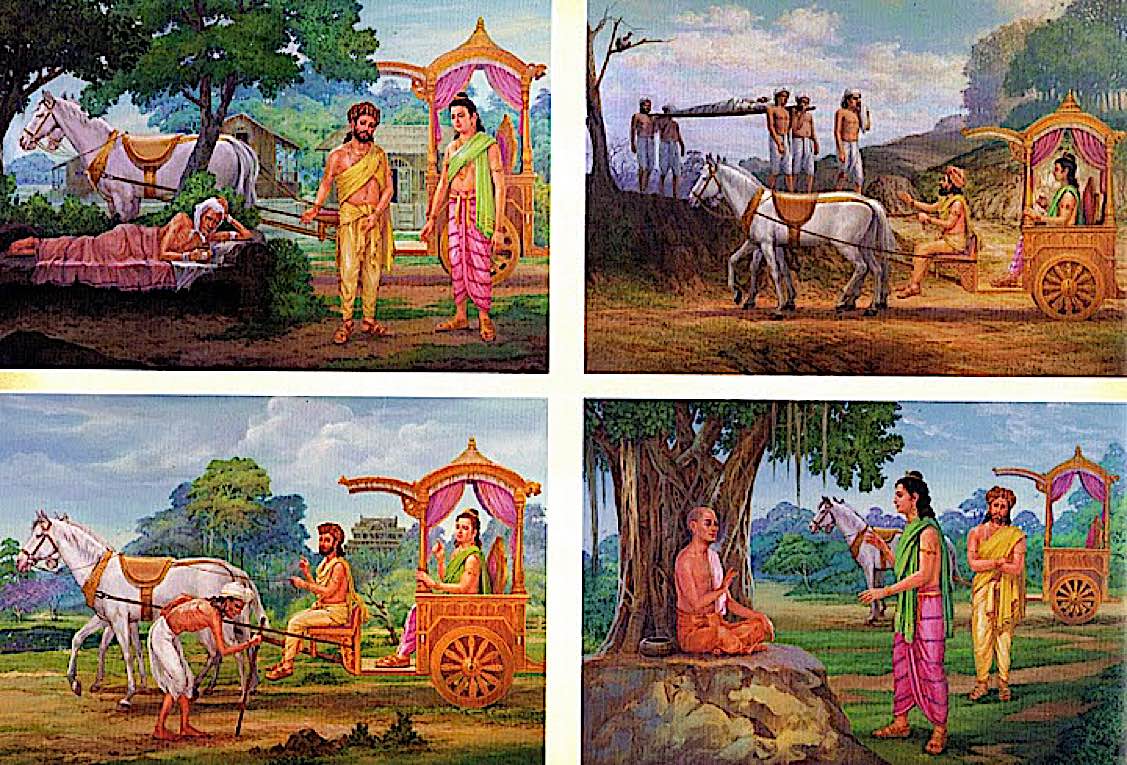
534 B.C. Buddha sees the four sights: suffering
True to predictions of the sages — and despite his father’s fiercely protective tactics — Prince Siddartha escaped the palace and saw the four sights of suffering: poverty, illness, old age, and death. He also saw religious ascetics. His “existential crisis” [2] led to his life’s mission — to release the world from all suffering.
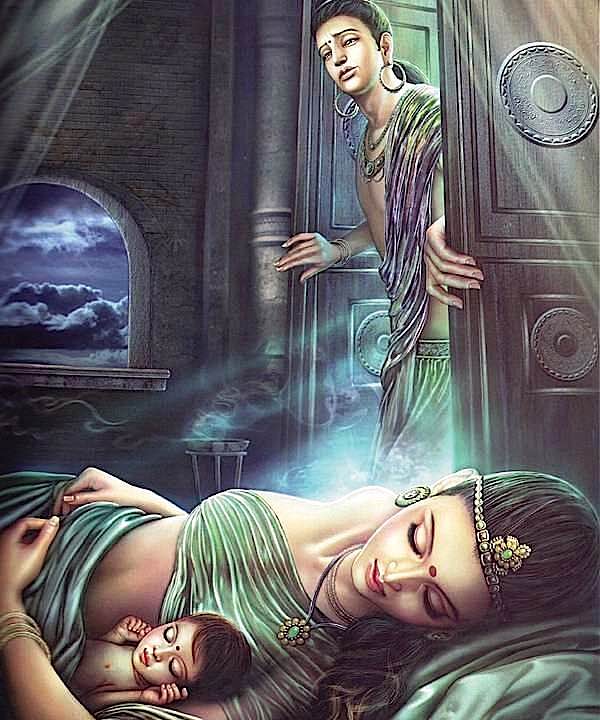
534 B.C. Siddartha leaves home
With compassion awake in the young Prince Siddartha, he became driven to overcome the suffering of Samsara. In a dramatic moment, Siddartha determined to leave home — quietly leaving the palace to avoid his father’s guards. He knew he must abandon his conventional, privileged life, to seek the answers that would save all beings from the eternal cycle of suffering.
Dramatically, he left his beloved wife and child — knowing he must for the ultimate benefit — cut his hair and left behind even his inseparable horse. Cutting his hair was a symbol of leaving behind his ordinary life. He traveled south, seeking out other spiritual seekers, and ended in Magadha (current Bihar) where he begged on the streets.
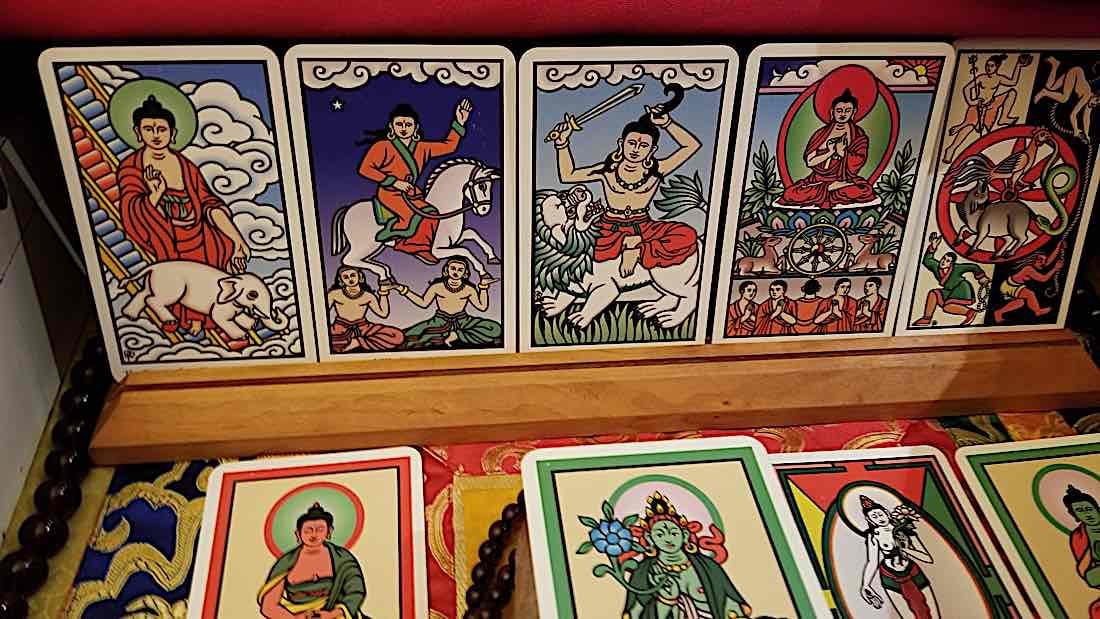
533 B.C. Siddartha Meditates in Magadha
Like most spiritual seekers, Siddartha sought out and trained with many meditation teachers — notably “the masters Ālāra Kālāma and Uddaka Rāmaputta” [2]
He learned and mastered with the best of the great sages of the time, attaining great realizations, but not the ultimate solution. He determined they did not have the final “permanent” solution, and decided he must seek the solution on his own.

532-5238 B.C. Siddartha the Ascetic
Asceticism was an extreme form of practice that included living in the wild without protection, extreme fasting — basically, an attempt to “down the physical influence of one’s being and release the soul, an insubstantial essence in each individual.” [2]
He continued this until he was nothing but dry skin and bones, close to death.
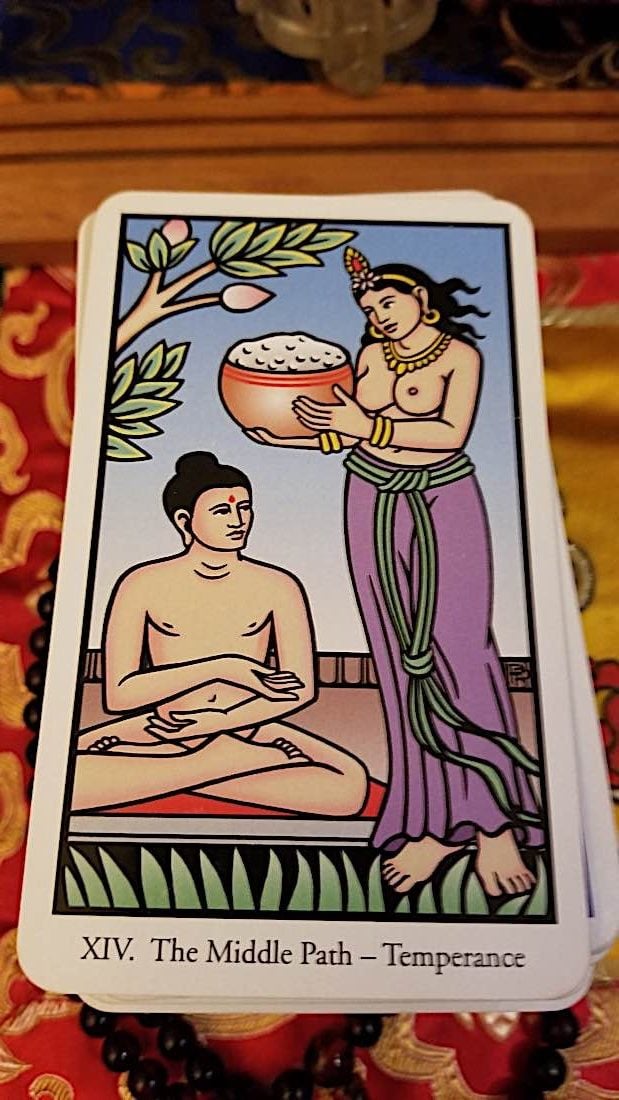
528 B.C. Siddartha risks death at Varanasi
Pushing his practice to the extreme, he tried every extreme meditation and practice — together with five other ascetics — only to nearly die of starvation. Finally, he realized the “middle way” was the correct path to Enlightenment — neither the extreme of deprivation nor its opposite of luxury. Barely able to move, he accepted a tiny bowl of mik, rice from a devotee named Sujata. From that moment, he pioneered the “Middle Path” now known as “Buddhism.”
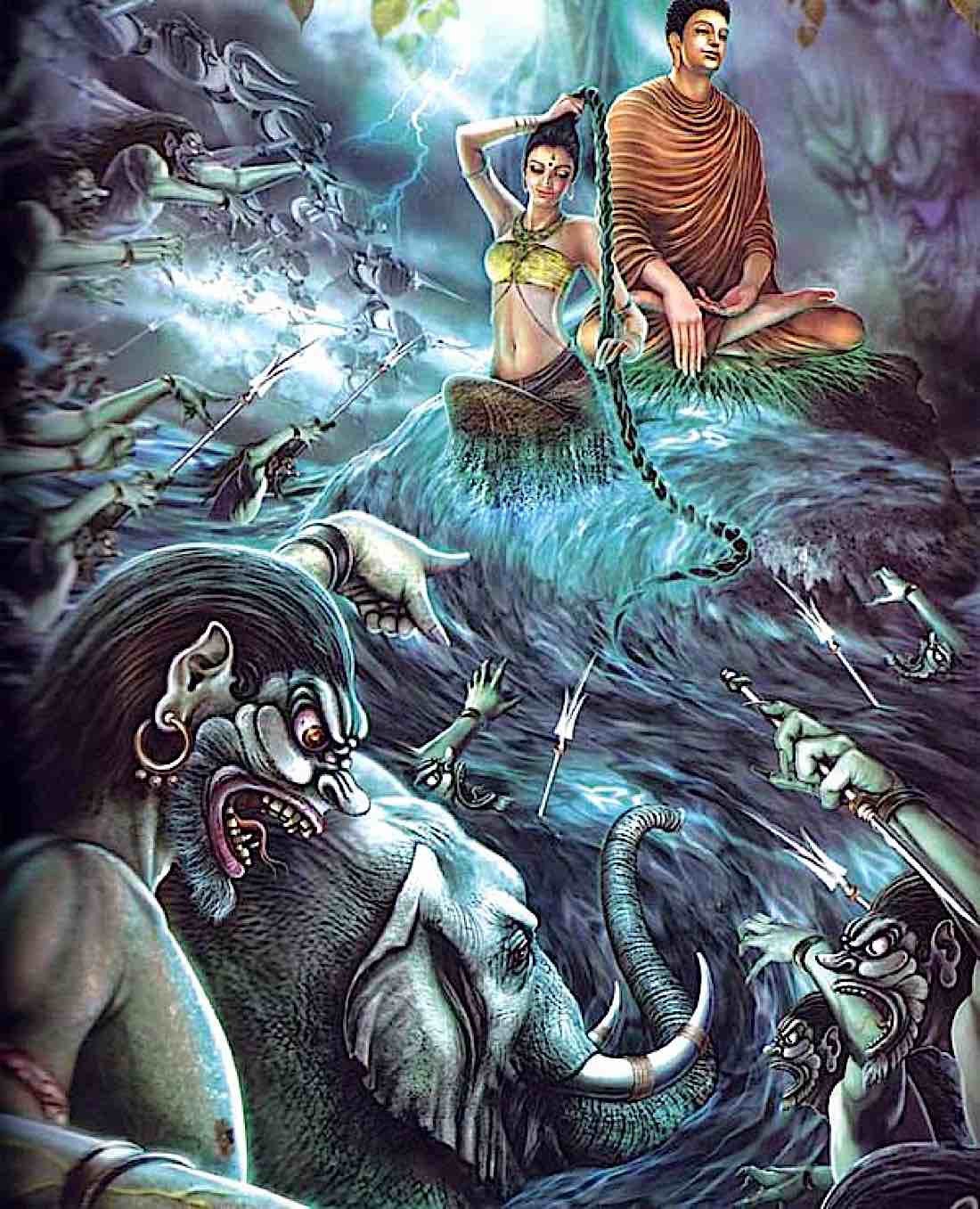
528 B.C. Awakening at Bodh Gaya
At Buddhism’s most “famous” site, Bodhgaya, Siddartha found the liberating path. Rejected by the five ascetics, he ate modest meals, recovering his strength, then moved to a new meditation site under the most famous tree in history — the Pipal Tree of Bodh Gaya. [A decedent of this tree is still honored today in Bodhgaya.]
He withdrew into his mind, pioneering a new “middle way” of meditating. He endured trials under the tree, tempted by the Mara and his legions and armies. [Mara and his legions, assailing the Buddha under the tree, can be thought of as the struggle Buddha faced internally with his own attachments and past karmic imprints.] Finally, he awakened, and Mara and his legions vanished. Famously, the symbol of this is Buddha touching the earth as his witness. He attained Bodhi — Awakening — and became the Buddha, the Awakened One.
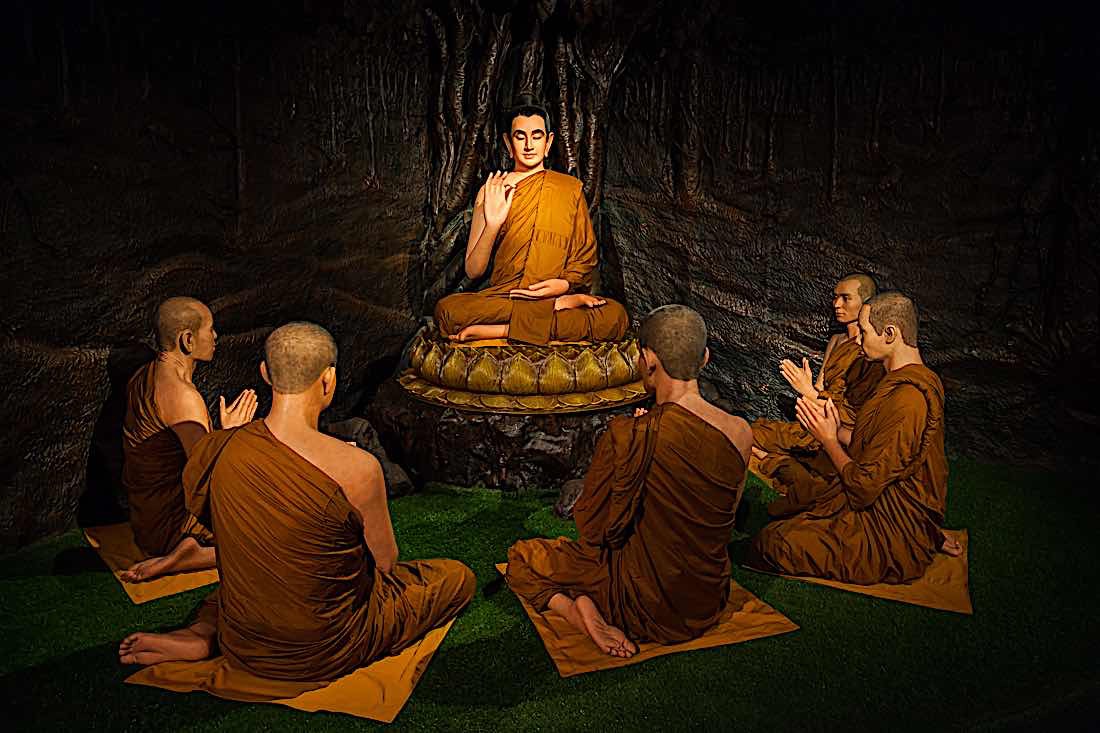
528 B.C. First Teaching at Sarnath
Buddha “turned the first wheel” of teaching, determined to help others with his perfect methods. His first pupils were the five ascetics who had earlier rebuked him. His first teachings were the Four Noble Truths, and the Eightfold Path:
Buddha first taught the Four Noble Truths, the Truth of Suffering, metaphorically, the “disease” we are treating.
“What, monks, is the truth of suffering? Birth is suffering, decay, sickness and death are suffering. To be separated from what you like is suffering. To want something and not get it is suffering. In short, the human personality, liable as it is to clinging and attachment brings suffering.” [3]

Overcoming suffering relied on the Eightfold Path:
“This is the noble eightfold way, namely, right understanding, right intention, right speech, right action, right livelihood, right attention, right concentration, and right meditation.” — Shakyamuni Buddha at Deerpark
• For a feature on the Four Noble Truths and Eightfold Path, see>>

528-483 B.C. Countless teachings, Turning the Wheel
Buddha traveled with a growing entourage of disciples, teaching for the next 45 years. These precious teachings, recorded by his pupils, became a vast body of Pali Sutta, and later Mahayana Sutra — the largest collection of spiritual teachings in history. His teachings would spread throughout India, China, Japan, Korea, and all of Asia — and ultimately around the world.
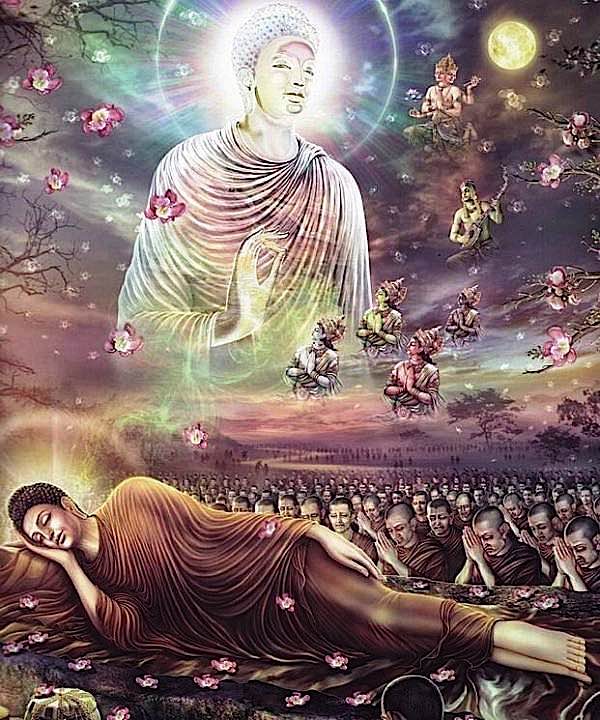
483 B.C. Paranirvana at Kusinagara, Malla
At the age of 80, he decided it was time for him to leave the teachings to his Sangha of disciples. He gave his last teaching. He asked his disciples if they had any last questions for him before he left.
Finally, he said, “Things that arise from causes will also decay. Press on with due care.”[3]
He lay down on his right side, with his hand under his face — in the pose made famous by the Sleeping Buddha statue — and passed into the peace of ultimate Paranirvana.

NOTES
[1] National Today “Vesak May 26, 2021” >>
[2] BBC: Life of the Buddha, a Spiritual Journey>>
[3] The Vision of the Buddha: The Path to Spiritual Enlightenment, by Tom Lowenstein.
More articles by this author
Search
Latest Features
Please support the "Spread the Dharma" mission as one of our heroic Dharma Supporting Members, or with a one-time donation.
Please Help Support the “Spread the Dharma” Mission!

Be a part of the noble mission as a supporting member or a patron, or a volunteer contributor of content.
The power of Dharma to help sentient beings, in part, lies in ensuring access to Buddha’s precious Dharma — the mission of Buddha Weekly. We can’t do it without you!
A non-profit association since 2007, Buddha Weekly published many feature articles, videos, and, podcasts. Please consider supporting the mission to preserve and “Spread the Dharma." Your support as either a patron or a supporting member helps defray the high costs of producing quality Dharma content. Thank you! Learn more here, or become one of our super karma heroes on Patreon.
Lee Kane
Author | Buddha Weekly
Lee Kane is the editor of Buddha Weekly, since 2007. His main focuses as a writer are mindfulness techniques, meditation, Dharma and Sutra commentaries, Buddhist practices, international perspectives and traditions, Vajrayana, Mahayana, Zen. He also covers various events.
Lee also contributes as a writer to various other online magazines and blogs.





